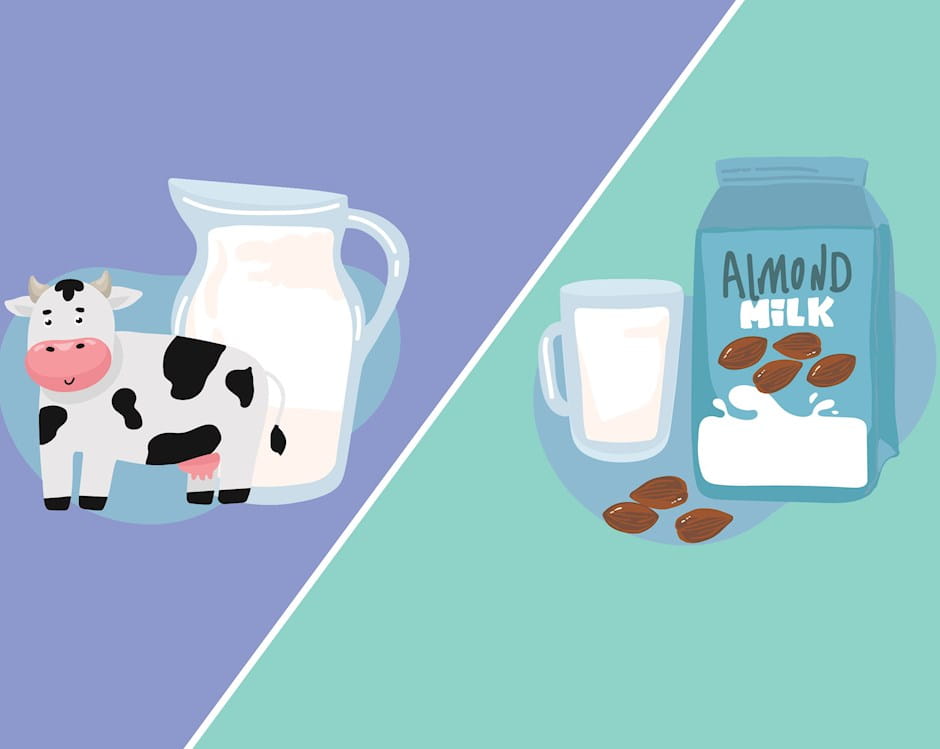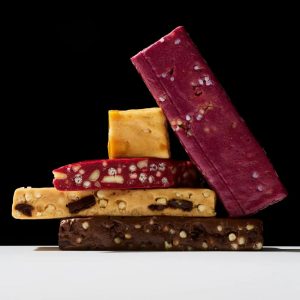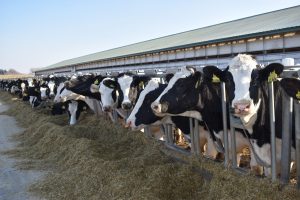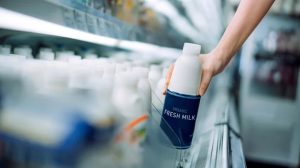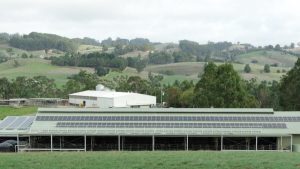
Americans have been drinking less dairy milk for decades, but the decline accelerated after almond milk became more widely available. Consumers haven’t simply substituted almond or other nondairy milk one for one for the traditional kind, however. Rather, the introduction of the new options has led to a more fragmented and divergent market for dairy products.
That’s according to the University of Saskatchewan’s Peter Slade. His findings suggest that dairy industry efforts to restrict the marketing and availability of nondairy alternatives may do little to reverse the slide for dairy milk.
Slade tapped into NielsenIQ Consumer Panel Data at Chicago Booth’s Kilts Center for Marketing. Nondairy alternatives to traditional milk have been around for decades, he observes—but finds that they didn’t get much traction with consumers until almond milk took off in 2009. After that, sales of nondairy milk increased rapidly until about 2014, and then leveled off at about 7 percent of dairy milk sales.
Analyzing the data set, which tracks the food and beverage purchases of 60,000 US households, Slade finds a steady increase in almond milk sales, from virtually nothing in 2004 to a household average of more than 1 gallon a year. Meanwhile, dairy milk consumption plunged 40 percent, from an average of almost 28 gallons a person in 1979 to just over 16 gallons in 2019.
When households increased their consumption of nondairy milk by 1 gallon, their use of dairy milk declined by about half a gallon, Slade finds. However, the increased consumption of nondairy alternatives accounted for barely 4 percent of the decline in dairy milk use, he calculates.
Slade builds on previous research that proposes several theories about uneven shifts in consumption. While some households may replace dairy milk with almond milk as an even swap, others may use both, or some of each for different occasions.
A previous survey of Canadian consumers by Slade and University of British Columbia’s Mila Markevych demonstrates that 33 percent of respondents consumed nondairy milk sometimes or more frequently, but almost all of them also used dairy milk. Consumers typically preferred nondairy alternatives in cold drinks or smoothies but dairy milk in hot drinks or on its own, the study finds.
As might be expected, consumers often cited ethical considerations—concerns about animal welfare and the environment, in particular—as reasons for choosing nondairy options.
Despite the many variables and what Slade calls “limited understanding of the relationship” between the two types of milk, the American dairy industry is on the offensive. There have been at least two prominent legal challenges that attempted to prevent nondairy products from using the word milk in their name, and the Food and Drug Administration is considering regulating the use of milk in marketing plant-based drinks. While the legal challenges failed, the FDA hasn’t reached a decision.
Meanwhile, Congress is debating legislation to force the FDA to issue such guidance, and several states have passed similar laws. Sponsors of the bill in Congress named it the Defending Against Imitations and Replacements of Yogurt, Milk, and Cheese to Promote Regular Intake of Dairy Everyday Act, or DAIRY PRIDE.
You can now read the most important #news on #eDairyNews #Whatsapp channels!!!
🇺🇸 eDairy News INGLÊS: https://whatsapp.com/channel/0029VaKsjzGDTkJyIN6hcP1K
